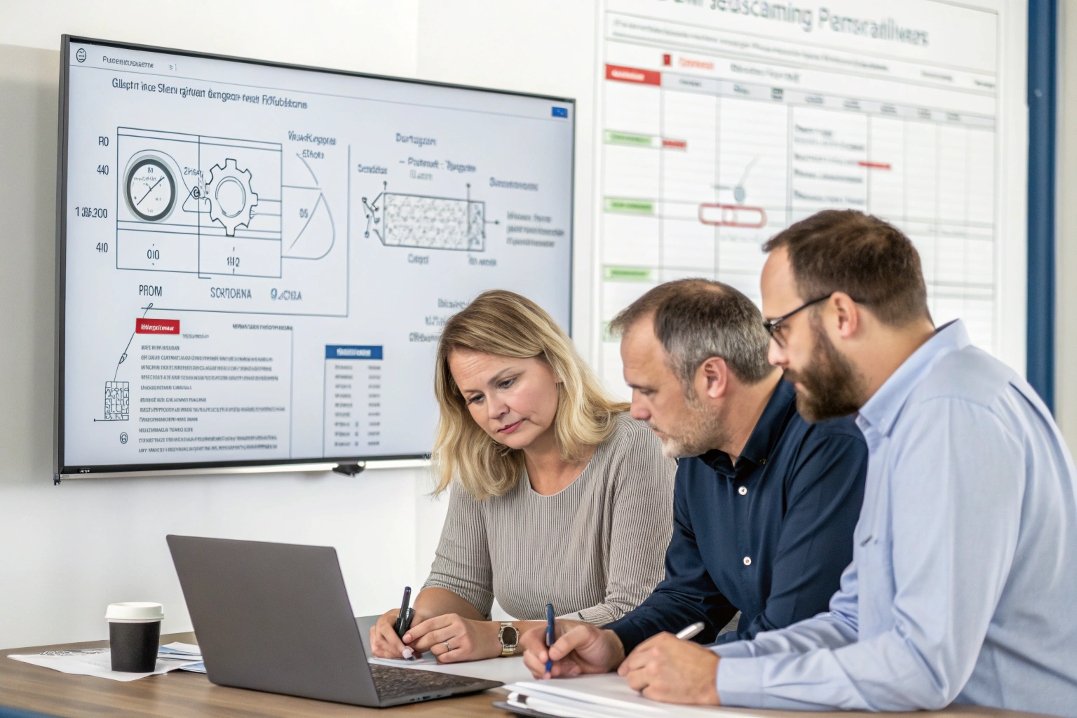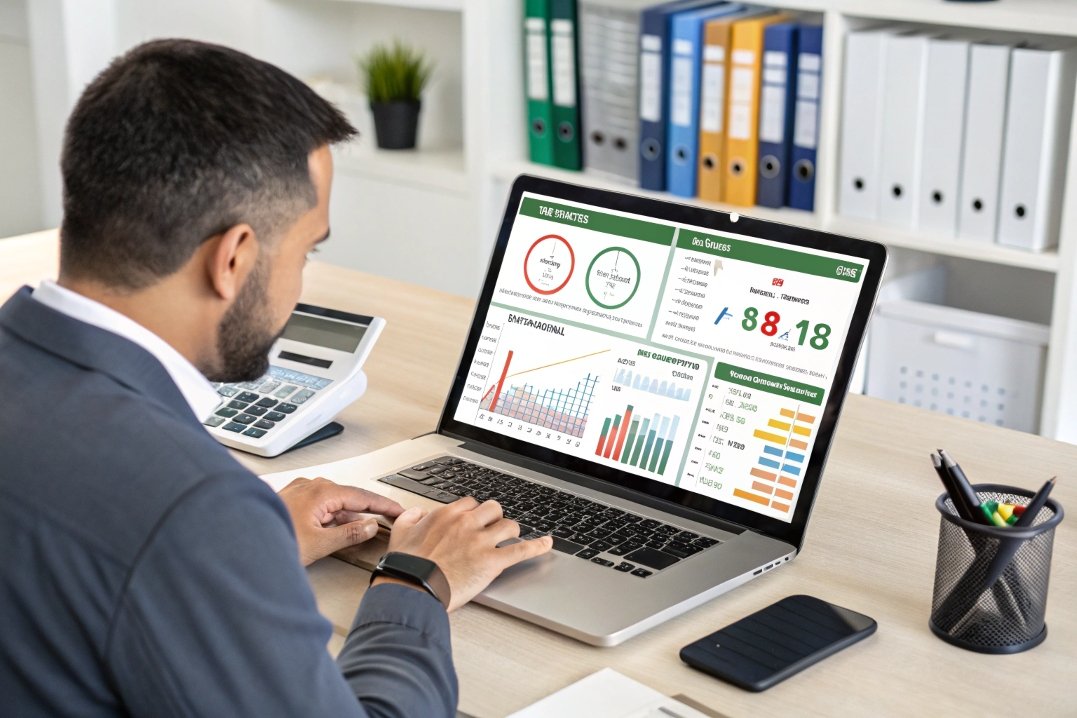
As a procurement manager, one of the biggest challenges I faced was finding ways to streamline the procurement process for custom parts1. With so many steps involved—such as sourcing, ordering, quality checks, and delivery—things can easily get delayed or lost in the shuffle. Over time, I learned that simplifying and optimizing the process isn’t just about cutting corners; it’s about being smart with the tools and resources you have.
Streamlining the procurement process for custom parts is essential for increasing efficiency, reducing lead times, and minimizing errors. By utilizing technology, optimizing workflows, and building strong relationships with suppliers, you can ensure a smooth and effective procurement process.
This article will dive into how you can use technology to speed up the process, the steps you can take to optimize your procurement workflow, and why focusing on supplier relationships is key to streamlining procurement.
How Can You Use Technology to Speed Up the Procurement Process for Custom Parts?

Technology plays a crucial role in speeding up the procurement process for custom parts. By integrating the right tools and software, you can automate many tasks, reducing the time spent on manual work and eliminating potential errors.
Technologies That Streamline Procurement
| Technology | How It Helps Streamline Procurement |
|---|---|
| Procurement Management Software2 | Automates order placement, tracks inventory levels, and manages supplier communication, reducing delays and errors. |
| Supplier Portals3 | Provides a centralized platform for managing orders, quotations, and communications, increasing efficiency. |
| Enterprise Resource Planning (ERP) Systems | Integrates procurement with other business functions like finance and inventory management, improving visibility and coordination. |
| Cloud-Based Tools | Allows real-time collaboration and data sharing between procurement teams and suppliers, reducing miscommunication and speeding up decision-making. |
| Automation and AI Tools | Uses artificial intelligence to predict demand, automate purchasing, and optimize inventory levels, saving time and improving accuracy. |
Benefits of Technology Integration
With the right technology, the procurement process becomes faster, more transparent, and less error-prone. For example, automating the process of receiving quotes and placing orders helps eliminate bottlenecks and reduces the administrative burden on your team.
What Are the Steps to Take to Optimize Your Procurement Workflow?

Optimizing your procurement workflow involves analyzing each step of the process and identifying areas where improvements can be made. Streamlining workflows isn’t just about using technology—it’s also about refining your internal processes and eliminating inefficiencies.
Steps to Optimize Procurement
| Step | What It Involves |
|---|---|
| Step 1: Define Your Requirements | Start with clear specifications for the custom parts you need, ensuring that everyone on your team understands what’s required. |
| Step 2: Select the Right Suppliers | Evaluate suppliers based on factors like quality, delivery timelines, and cost-effectiveness, ensuring they align with your needs. |
| Step 3: Automate Order Placement | Use procurement software to automate the order process, reducing human error and speeding up delivery times. |
| Step 4: Set Clear Communication Channels | Ensure all stakeholders are using the same platform or tools for easy access to updates and decisions. |
| Step 5: Track and Measure Performance | Regularly monitor key metrics (e.g., delivery time, quality, cost) to identify areas for improvement and maintain supplier accountability. |
Simplify and Focus
By taking a step-by-step approach to optimize your procurement process, you can focus your energy on the areas that matter most—like supplier relationships and quality control—while technology handles the repetitive tasks. This saves time, reduces errors, and creates a more predictable procurement flow.
Why Should You Focus on Supplier Relationships to Streamline the Procurement Process?

Strong supplier relationships are critical to a smooth procurement process. When you have reliable communication and mutual trust with your suppliers, it’s easier to manage orders, resolve issues, and negotiate favorable terms.
The Role of Supplier Relationships in Procurement
| Benefit | How It Helps Streamline Procurement |
|---|---|
| Better Communication | Having an established relationship allows for quicker, clearer communication, helping to avoid delays. |
| Improved Flexibility | Suppliers who understand your needs are more likely to accommodate changes or urgent requests without disruption. |
| Faster Response Times | With a strong relationship, suppliers are more willing to prioritize your orders or address issues quickly. |
| Shared Problem-Solving | Long-term suppliers are more invested in your success and are often more proactive in addressing issues before they become problems. |
| Favorable Terms | A solid partnership can lead to better pricing, credit terms, and other benefits that improve the overall procurement process. |
Building Strong Supplier Relationships
Building a strong relationship with your suppliers doesn’t just help with timely deliveries—it also creates a foundation for long-term collaboration. Suppliers who understand your business and its needs will be more proactive in identifying cost-saving opportunities, offering product suggestions, and keeping you updated on potential delays.
Conclusion
Streamlining the procurement process for custom parts is about using the right combination of technology, optimized workflows, and strong supplier relationships. By automating tasks, refining your procurement process, and building lasting partnerships with suppliers, you can create a smoother, more efficient system that reduces delays and ensures you receive the best value for your custom parts.
Explore this resource to discover effective strategies and tools that can enhance your procurement efficiency. ↩
Learn about Procurement Management Software to understand how it can automate and optimize your procurement tasks. ↩
Discover the benefits of Supplier Portals in enhancing communication and efficiency in the procurement process. ↩

